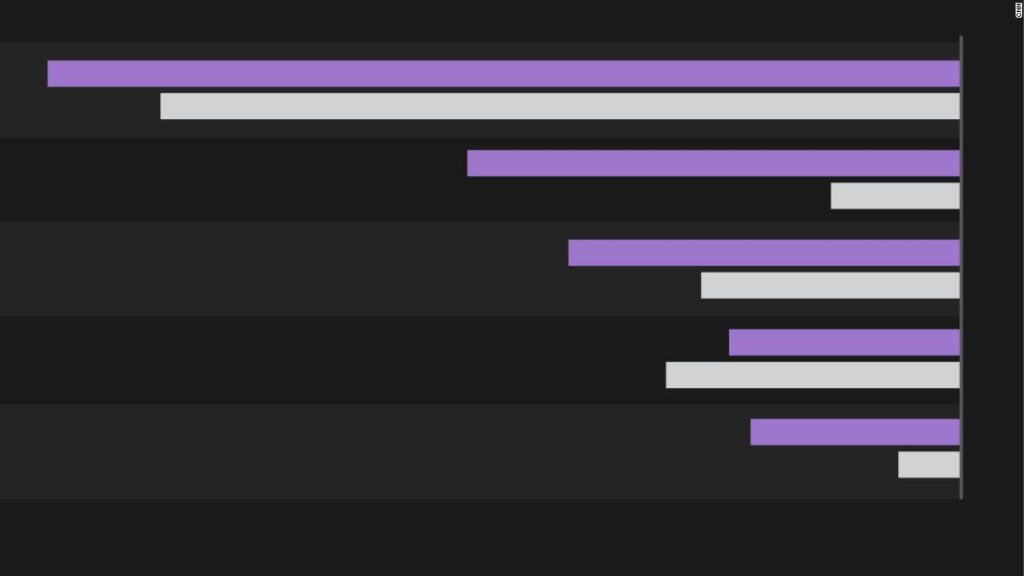
A lack of child care has compounded these challenges for workers who are also parents, especially those with young children. In the first two months of the pandemic, day care centers cut 35% of their staffs. (This also is a female-dominated sector: 93% of day care employees are women.) While some rehiring has taken place since the spring, a recovery is far off. As of November, jobs were still down 17% in the sector, compared to February.
This means parents have far fewer child care options than before the pandemic. For those who want to return to work, it will be more difficult — and in many cases, more expensive — to find child care.
For men, however, the presence of children at home made little difference in their behavior. (Participation fell by 1.4 percentage points for men without kids, and 1.2 points for those with kids).
In their analysis, the Dallas Fed economists also found that among women with children, Black and Latina women dropped out of the labor force at higher rates than White women. Black women with children have had it worst of all demographic groups, with their participation rate declining by 6.4 percentage points between February and September.
“This is particularly disheartening,” the economists wrote, noting that the results suggest Black women’s labor prospects are being disproportionately impacted by the pandemic and the lack of child care.
It also marked a major reversal: In the five years prior to the pandemic, Black women had experienced large job gains.
Economists warn that the longer women and men are out of a job, the harder it is for them to return to the labor force as the economy recovers. The permanent loss of earnings — as well as career setbacks — could eradicate earlier progress made toward gender equality in the workplace.
You may also like
-
Afghanistan: Civilian casualties hit record high amid US withdrawal, UN says
-
How Taiwan is trying to defend against a cyber ‘World War III’
-
Pandemic travel news this week: Quarantine escapes and airplane disguises
-
Why would anyone trust Brexit Britain again?
-
Black fungus: A second crisis is killing survivors of India’s worst Covid wave

